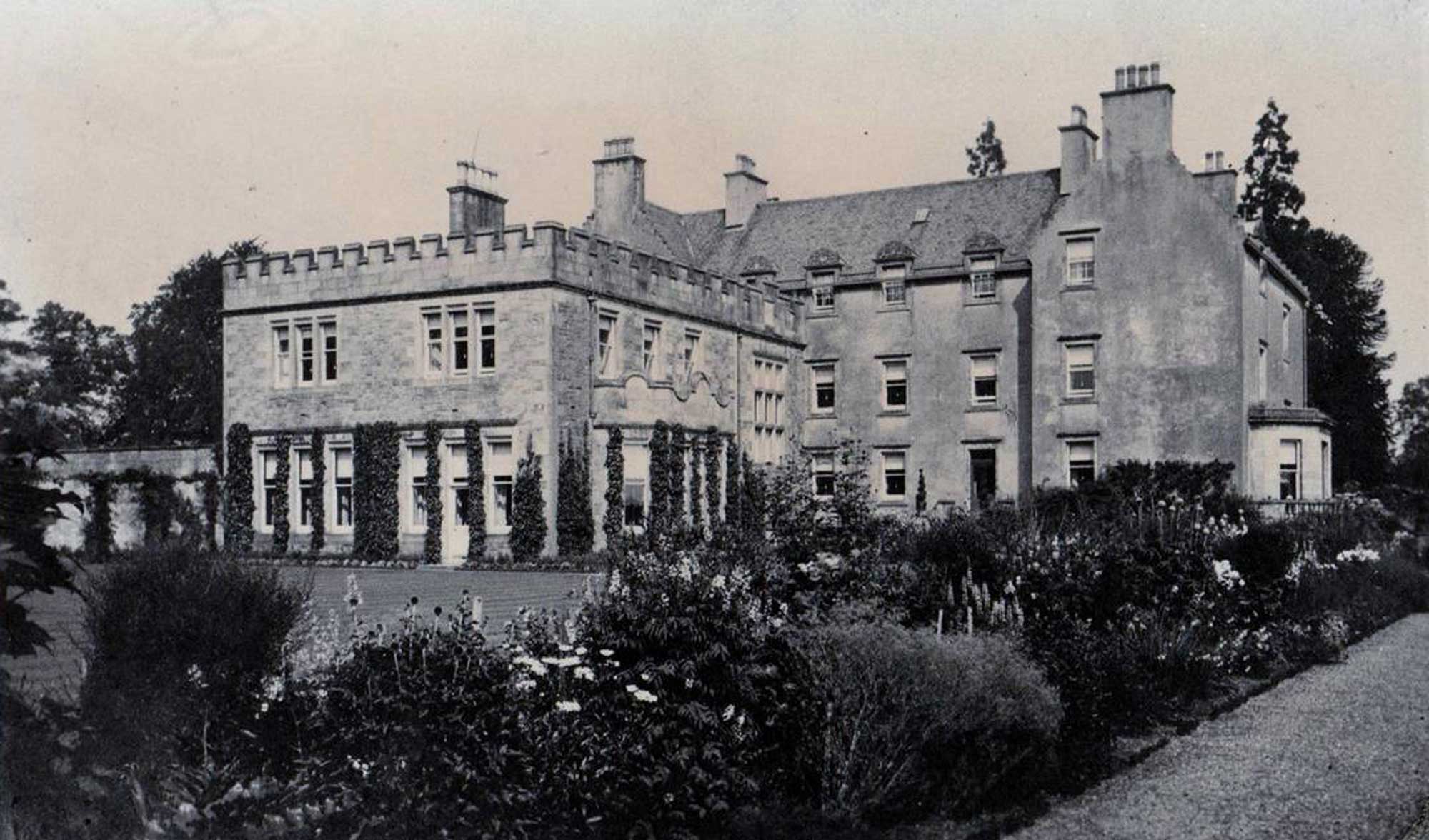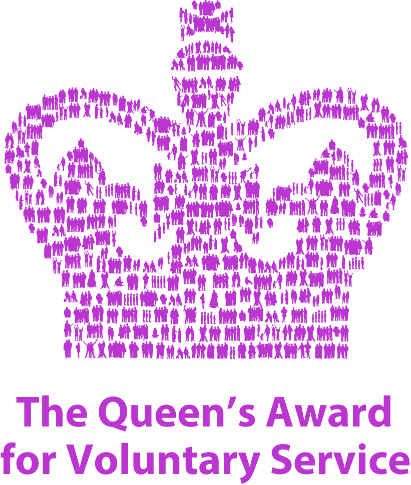Blog
The 31st December 2020 marks the 300th anniversary of the birth of Prince Charles Edward Stuart. To commemorate this special occasion the West Highland Museum has organised a series of articles written by scholars, academics, authors, and Jacobite enthusiasts. In this sixth in the series local historian and educator Betty Bruce, focuses on the Prince’s mistress, Clementina Walkinshaw.
Clementina Walkinshaw
In January 1746 in Glasgow, on the march north, Prince Charles found a welcome at the home of John Walkinshaw of Barrowfield and Gamlachie. On the whole Glasgow was Hanovarian and hostile to the Prince. However, John Walkinshaw, an Episcopalian and Jacobite had fought and captured at Sheriffmuir in 1715. He had escaped from Stirling Castle to the Continent. While there in1719 he had assisted in the liberation, from Innsbruck, of Clementina Sobieska who was to marry the Old Pretender. For this service she stood sponsor to Walkinshaw’s youngest daughter who was baptised Catholic and called Clementina.
The Prince and Clementina first met either at her father’s house or at Bannockburn House, the home of her uncle. From Glasgow Charles marched north to final defeat at Culloden. Hence forward he spent many years wandering the Continent and at least once in 1750 visiting London. He is said to have converted to Protestantism but failed to raise support for his cause.

Meantime Clementina was educated and lived on the Continent. There are varying accounts concerning the when and where she again met Prince Charles. It is most likely that they met in Paris in 1752. Now for several years the couple wandered Europe using different alias. Jacobites were wary of the connection of the Prince and Clementina. Clementina had a sister who was housekeeper to King George III‘s mother. It was reported that Clementina shared important secrets with her.
 by Allan Ramsay (1713 - 1784).jpg)
In 1753 a daughter was born in Liege and baptised Charlotte. There were reports that an earlier son had died in infancy. By all accounts the relation was tempestuous and abusive, perhaps on both sides. Whatever the truth, in 1760 Clementina with her daughter fled from Charles to Paris. Charles asked that she send their daughter to him but she refused. He appears to have made no arrangements for support for either Charlotte or Clementina. In the archives of the West Highland Museum there is a copy of an appealing letter from Clementina. She says that while she understands that Charles has no wish to see or hear from her, she would appreciate a little support. Support came from Charles’ father who made an allowance of ten thousand livres a year until his death in 1766. At this time the allowance was cut off but then reduced to five thousand livres by Cardinal York, Brother of Charles.
Clementina withdrew to a convent at Meaux. After this little is known of her movements but she died in 1802 at Freiburg in Switzerland.
In 1784 Charles sent for his daughter to join him in Florence. He legitimised her. From Florence they went to Rome where she looked after him until his death in 1788.
In the West Highland Museum Where archives house a copy of her appealing letter, a portrait of Clementina looks across Jacobite memorabilia to a portrait of a bonny Prince. But not a fairy tale romance and certainly a not-so-bonny Prince.
Betty Bruce











